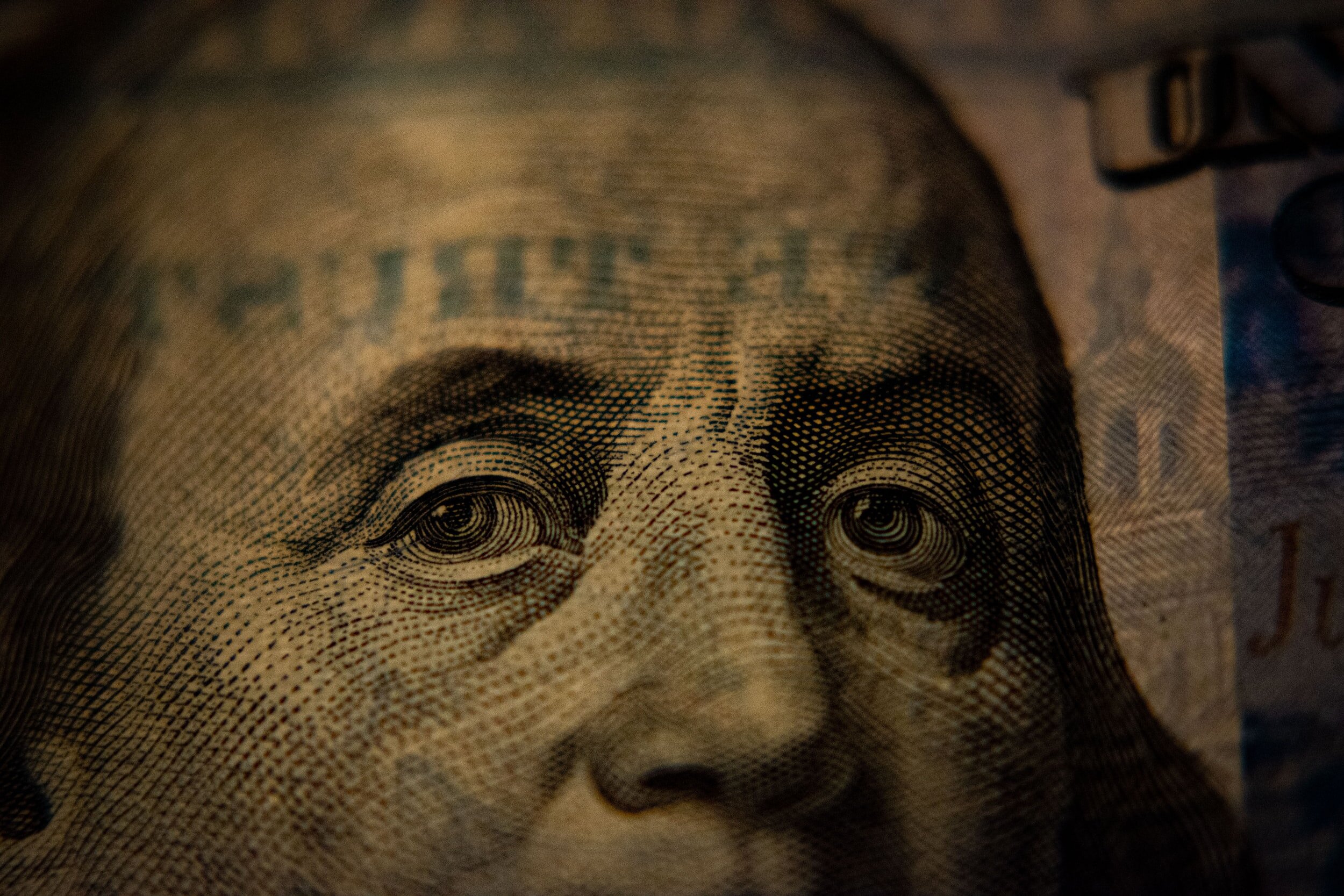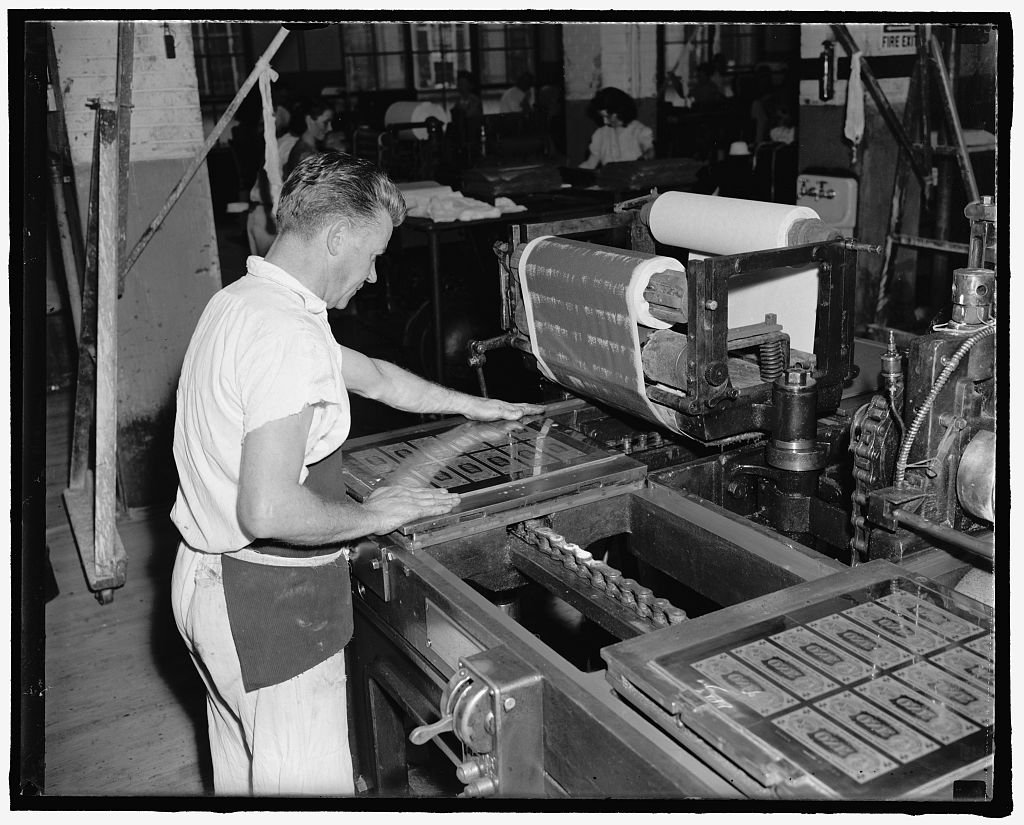
Money Tech Blog
News and Views on the Technology of Money: Past, Present, and Future
(Banknotes, Cryptobanknotes, Stablecoins, CBDCs, Bitcoin, and More)
The Press Floor 100 Years Ago
The press floor 100 years ago. In the early 20th century, this is what banknote production looked like.
CBDCs Gain Momentum
Andrew Singer at CoinTelegraph asked me to comment on the recent BIS results of its survey on CBDCs, which shows a big expansion on research in retail CBDCs around the world. Here are his questions and my answers, which were incorporated in his article, “CBDC activity heats up, but few projects move beyond pilot stage.”
US Consumers and CBDCs
Recently, Maiden Labs has released a study of US consumer attitudes to a US retail CBDC. Through interviews and surveys, the company looked at the major pain points for users in the US payments system and how a CBDC might overcome them. Here’s a quick summary of what Maiden Labs found.
Stablecoin Design Standards
The Comptroller of the Currency and I both agree that stablecoins need to have design standards.
Analogizing Digital Currency
As CBDCs develop, more attention is being paid to their offline deployment. In a sense, we are looking for a way to analogize a digital currency. One idea, from 2013 and before the rise of CBDCs, was to create denominated Digital Currency Notes.
Education in Banknote Design
During the American Civil War, banknote design became part of the war effort. The new National Bank Notes created in 1863, during the middle of the war, were intentionally filled with patriotic messages and images meant to stress the common history of all Americans.
The Promise of Digital Dollar Bonds
If history is any guide, the US could boost the acceptance of a US CBDC and spur the mass adoption of DeFi by selling Digital Dollar bonds in tandem with the issuance of a US CBDC. Here’s my reasoning.
Trimming Banknote Sheets in 1910
Trimming banknote sheets in 1910. Here the women on the left are feeding sheets of National Bank Notes into trimming machines with the women on the right collecting them.
Printing Banknotes By Hand
Pictured is one of the pressrooms in Washington, DC, printing banknotes in 1904. Being printed are $10 National Bank Notes, Series 1882 with 4 notes to a sheet. The printers and their female assistants are working on hand-operated flatbed presses.
Limited Identity, Not Anonymity for CBDCs
Maybe our goal in CBDC transactions should not be anonymity but limited identity. Let me explain.
Printing $1 Backs in the 1930s
Here we are printing the backs of $1 Silver Certificates in the late 1930s.
Secretary Yellen on Crypto
Earlier this month, Secretary Yellen gave a speech on digital assets. She took a moderate position, saying basically that there are good and bad aspects of crypto, and that the role of government is to promote the good and regulate against the bad. Overall, she addressed five topics.
Recent Stablecoin Regulation
It has been a busy month for stablecoin regulation. Two separate bills were introduced in the US Senate on the matter: one by Bill Hagerty (R-TN) and one by Pat Toomey (R-PA). Here’s a brief overview of the bills.
Transporting Currency in 1910
Here we are transporting currency in 1910. Outside the multi-winged building housing the US Bureau of Engraving and Printing at the time, sits a horse and wagon with its guards.
Printing War Bonds in the US Treasury Attic
Here is a Matthew Brady photograph of the attic of the Treasury Building in downtown Washington, DC, from probably late 1863. It shows the start of US Government security printing.
The Future of CBDCs
Thanks to Paige McNamee and Finextra for including me in an article on the future of CBDCs, The Future of Regulation: Navigating CBDC unknowns and crypto appeal. Here's an excerpt.
The Spanish-American War and US Banknotes
Believe it or not, the current size of US banknotes is a direct result of the Spanish-American War of 1898. Here's the story.
E-Money, CBDCs, and Seigniorage
E-money rose in the 1980s and 1990s. At first, electronic money meant reloadable smartcards or internet payments (digital cash). The definition later expanded to include products that allowed people to use their bank accounts to make electronic payments, like credit cards.




















